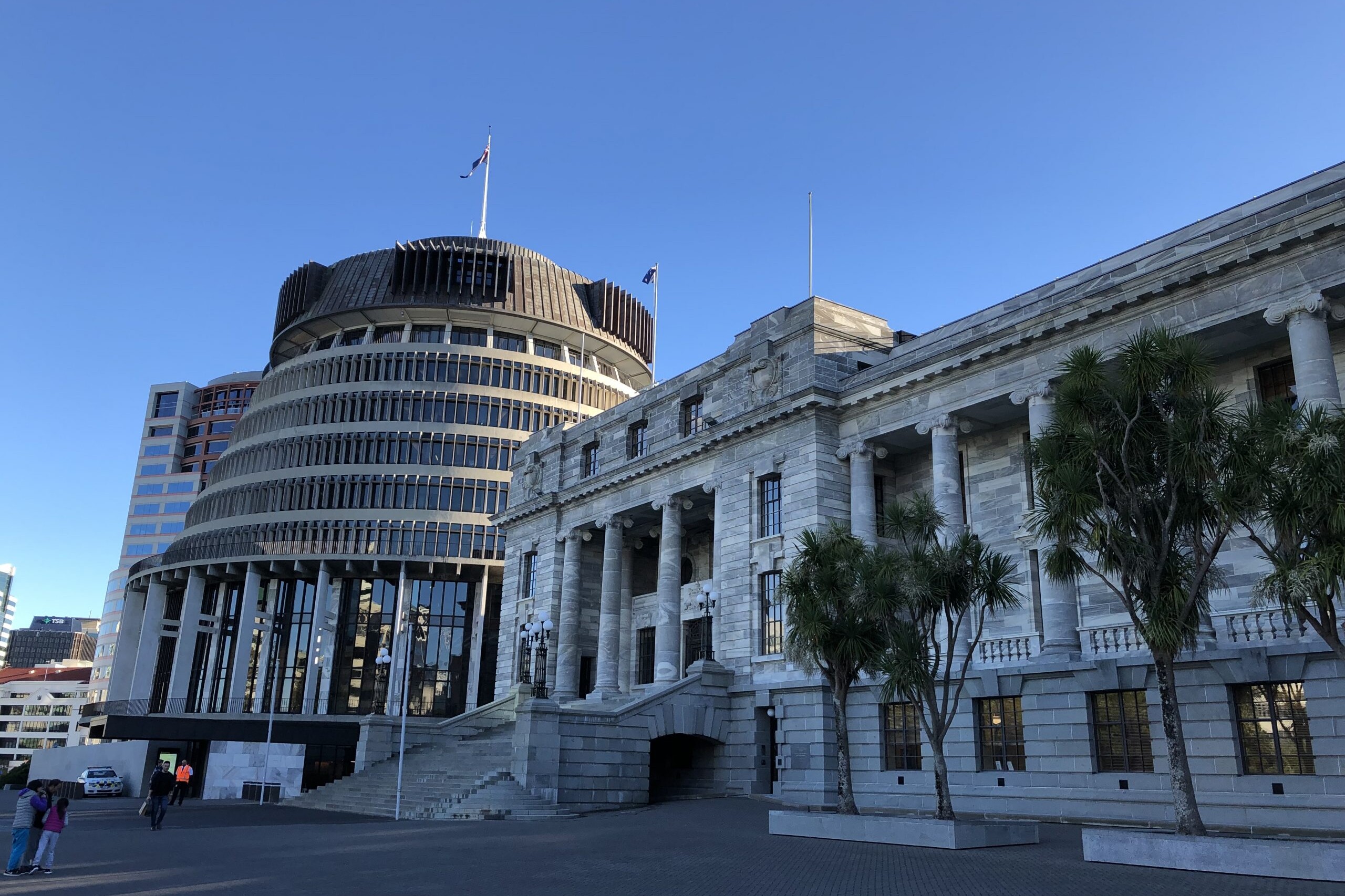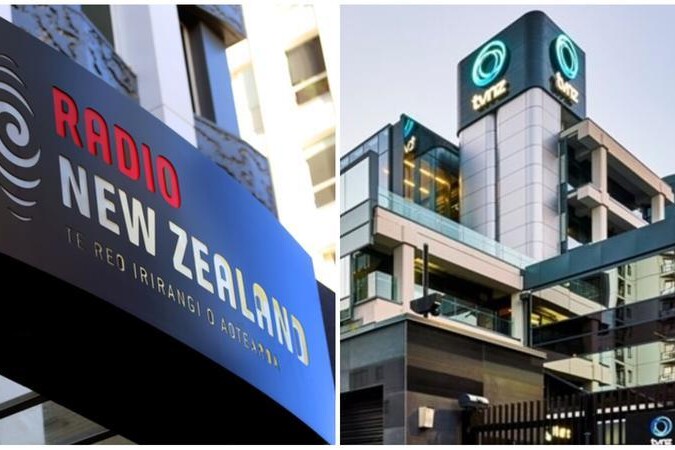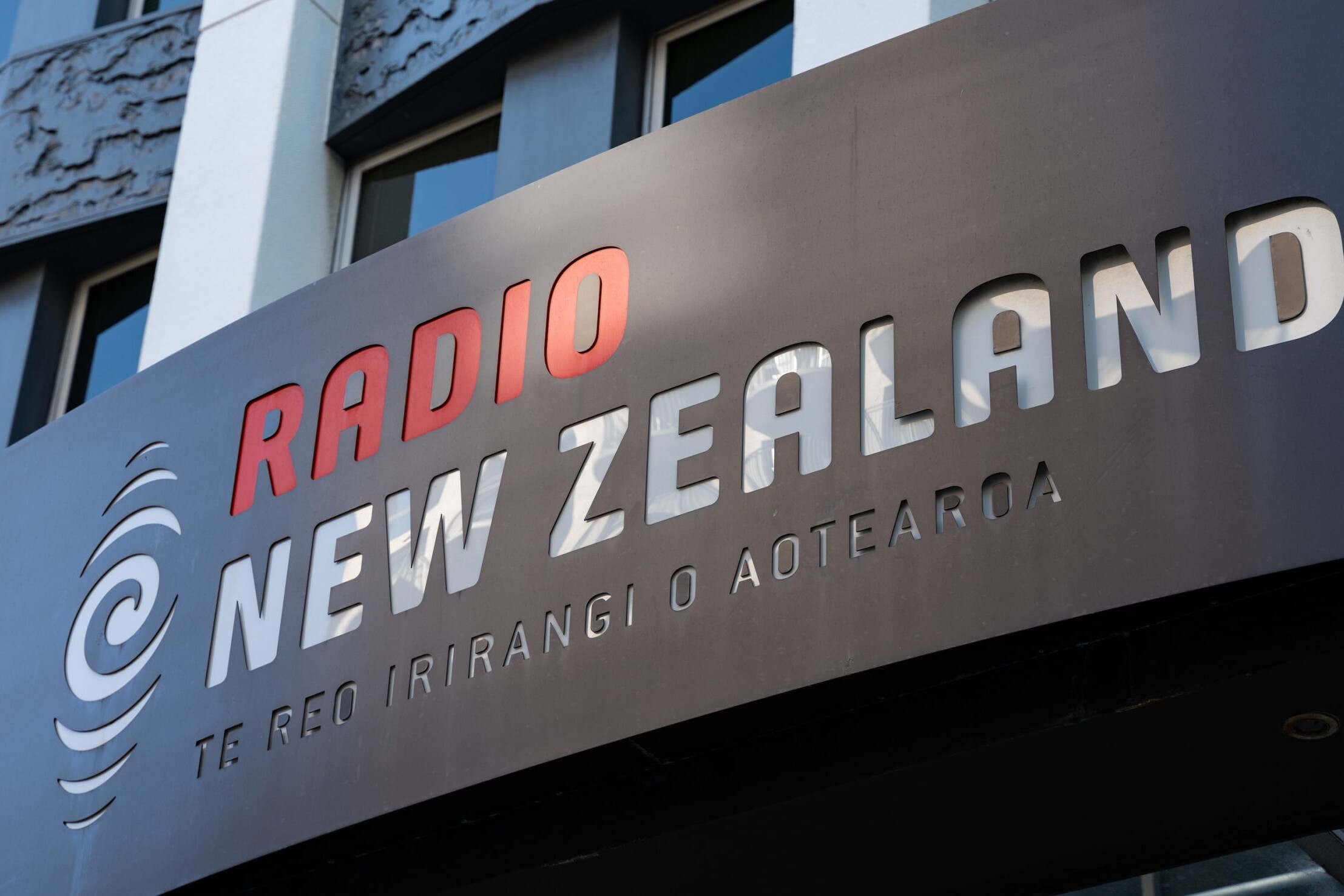INSIGHT
“A bold and unique step to strengthen public media”
4th July 2022
With the many varied challenges facing public service media today, the New Zealand government’s draft legislation – which will see a new public media entity established – presents an outstanding opportunity, argues RNZ’s CEO and PMA’s President, Paul Thompson.
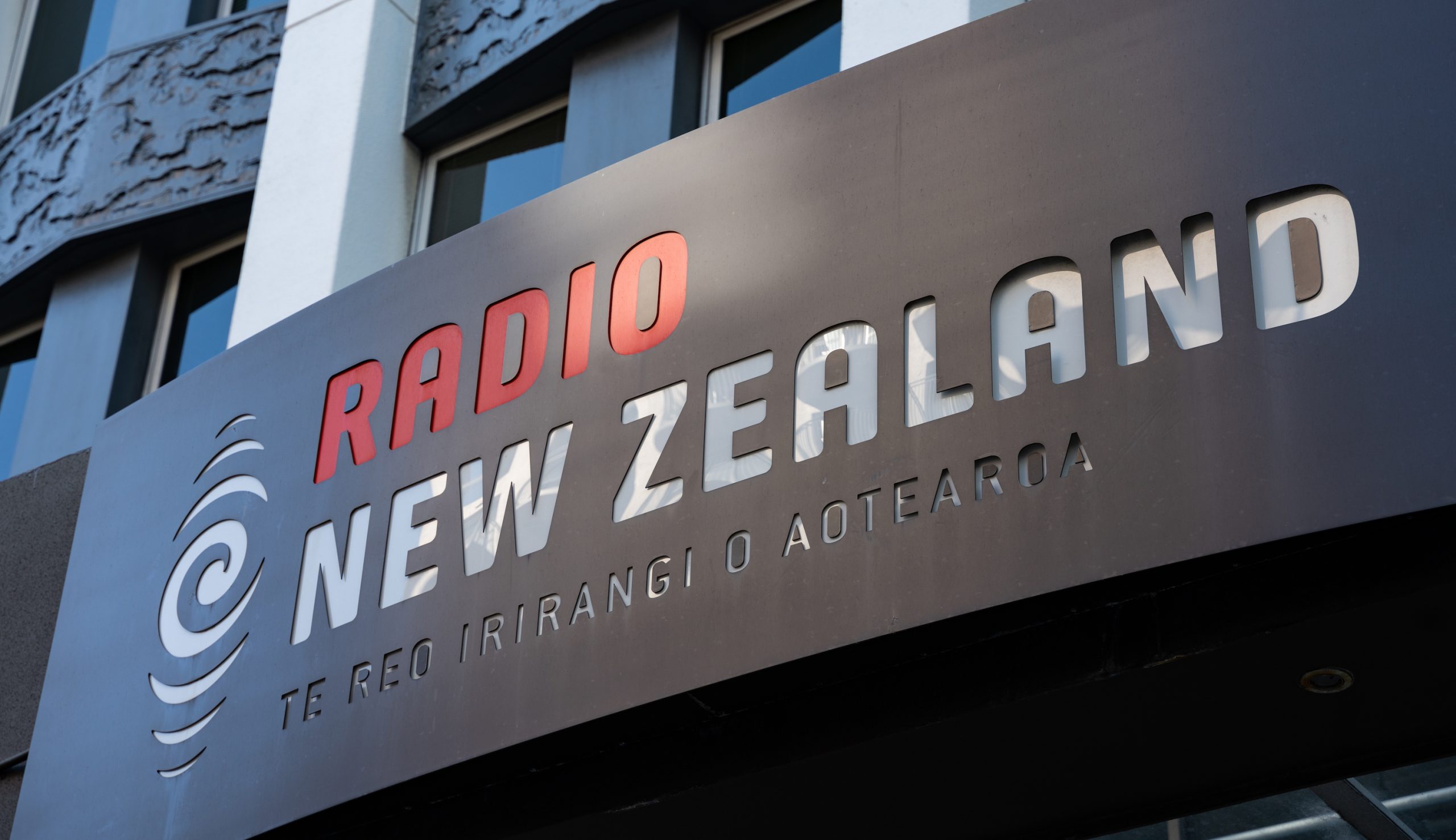
By Paul Thompson, Chief Executive and Editor-in-Chief of Radio New Zealand, and President of the Public Media Alliance.
New Zealand is taking a bold and unique step to strengthen public media.
This nation of five million has embarked on a plan to create a public media entity shaped for the digital age.
Our non-commercial Radio New Zealand (RNZ) will be combined with the commercial Television New Zealand (TVNZ) to create the backbone of the new public media entity.
This is an encouraging endorsement of the enduring relevance of public broadcasting in tumultuous times, and of the potential for digital services and content to connect with, and give voice to, younger and other hard-to-reach audiences.
The Strong Public Media policy is now being implemented.
Increased public funding has been secured, and new legislation is before Parliament. The entity’s public media nature and purpose are locked in.
Read more: More details announced for New Zealand’s new public media entity
The timeline is ambitious. The Bill is scheduled to be passed into law in December and the new entity will be up and running within a year.
It feels like the right time for New Zealand to be more serious about public media.
The world is wracked by conflict, increased polarisation, and the effects of a destabilising pandemic.
Trust in public institutions, including the media, is under strain.
Audiences are behaving differently as they take advantage of the ubiquity and flexibility of content delivered digitally.
Media companies face ongoing commercial headwinds while the global platforms continue their ascendancy, dominating and commercialising attention and hoarding audience data.
New Zealand is not immune from these challenges.
The most exciting aspect is the opportunity to build something new and much stronger that has the freedom and mandate to adapt, thrive and collaborate in the digital age.
While we still have a relatively cohesive society, inequity is growing, housing is massively expensive, and COVID is knocking us around. A prolonged period of benign geopolitical stasis in our Pacific neighbourhood is ending. And the aftershocks from the March 2019 massacres at two mosques in Christchurch still reverberate.
Early this year, Parliament’s grounds in Wellington were occupied by protesters who had to be forcibly evicted.
The scenes of violence and discord were disturbing for New Zealanders.
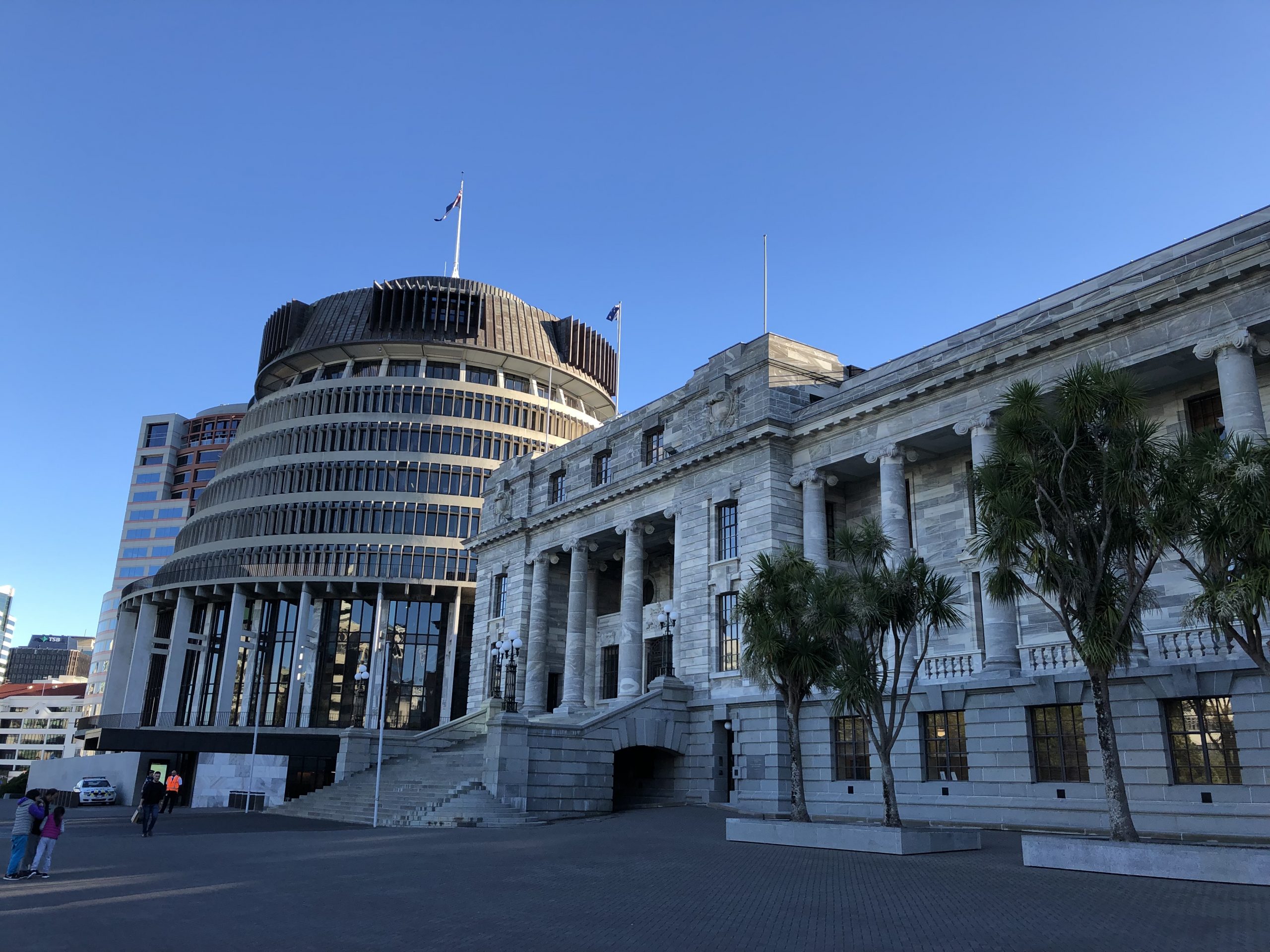
The rebuilding of the mandate for public media in New Zealand will not, by itself, fix all these ills.
It will, however, be a step forward.
If implemented successfully, the new entity will have the resilience, independence and influence to help nurture and bolster New Zealand’s informed, connected and open democracy.
There are some complexities in the policy. For a start, two existing entities will be integrated into the new entity.
One of them, RNZ, operates under a Charter and is a non-commercial public media entity focused on radio, audio and digital delivery.
The other, TVNZ, is publicly-owned and commercially driven with strong free-to-air and streaming positions.
A simplistic merger of the two will not be sufficient. Instead, we will have to draw the best from both entities and their current services, incorporating them into a new public media organisation focused on digital opportunities.
The new not-for-profit entity will operate under a comprehensive public media charter and will benefit from a mix of increased public funding and commercial revenue.
The new entity will recognise and embrace the principles of Te Tiriti and the obligations it contains to Māori, and will be required to fully reflect their views, stories, culture and language.
Listen to RNZ’s CEO, Paul Thompson, speak on episode 2 of PMA’s podcast, Media: Uncovered
There will also be a statutory requirement to collaborate with other media interests for the greater good. The new entity has the potential to be a cornerstone of a resilient and diverse media ecosystem by supporting plurality in meaningful and practical ways.
Initiatives such as the Local Democracy Reporting Service illustrate what can be achieved across the media sector by working together. The new entity could also do a power of good in supporting training, infrastructure, innovation partnerships and advocacy for the sector.
Read more: Local Democracy Reporting Service: A model for public broadcasters?
The legislation will now be tested and improved through a select committee process centred on public engagement and submissions. Areas of focus will include the effectiveness of the Charter, long-term funding mechanisms, safeguards of editorial and operational independence and the quality of governance and monitoring.
These are all fertile areas to explore and strengthen.
The most exciting aspect is the opportunity to build something new and much stronger that has the freedom and mandate to adapt, thrive and collaborate in the digital age.
The goal must be to ensure the new entity has the resources, independence and capability to support New Zealand’s sovereignty, celebrate and showcase our languages and cultures, keep people reliably informed and help build a stronger nation.

About the author
Paul Thompson is the Chief Executive and Editor-in-Chief of Radio New Zealand, which is a member of the Public Media Alliance. He is also the President of the Public Media Alliance.
Our thanks to Mr. Thompson for providing this report.
Related Posts
29th June 2022
More details announced for New Zealand’s new public media entity
The new entity will be called ‘Aotearoa…
11th March 2022
New Zealand to establish new giant public media entity
The New Zealand government has…
1st April 2021
Group of experts to develop case for new public media entity in New Zealand
A Governance Group of eight media…
